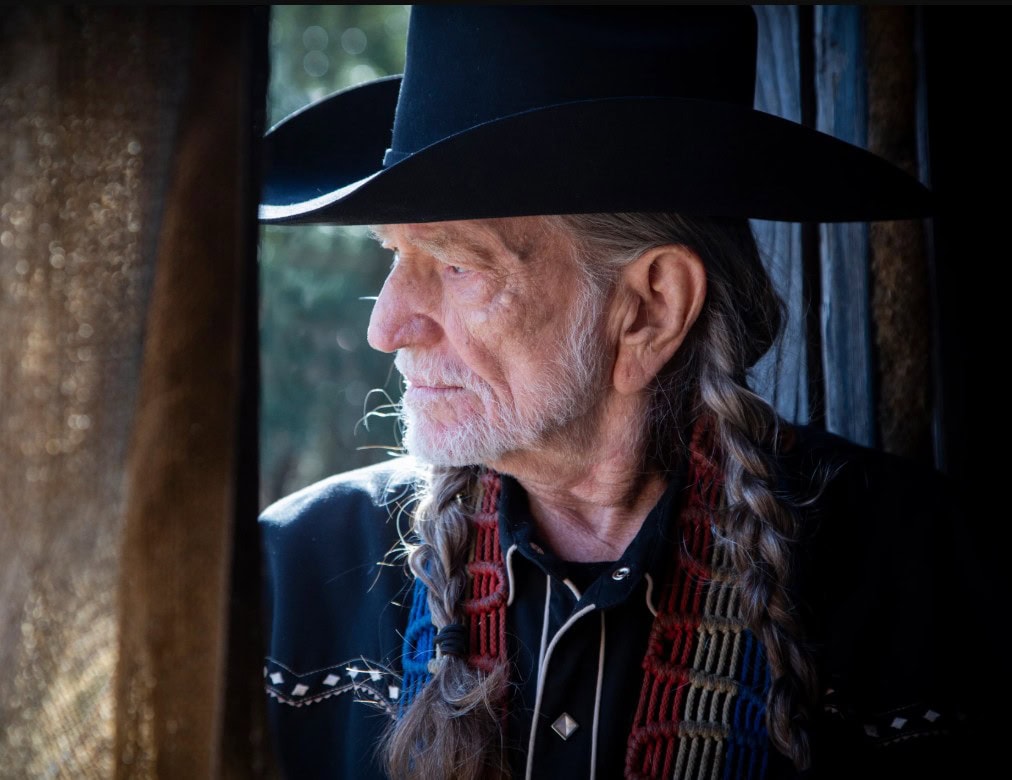
About the song
When people talk about the turning points in country music—those moments when something truly original cuts through the noise and reshapes the landscape—Willie Nelson’s 1973 album Shotgun Willie, and especially its title track, often comes up. It wasn’t just a song or a record; it was a rebellious declaration that would help launch what came to be known as the Outlaw Country movement. And at the center of it all was a scruffy, soft-spoken Texan who had spent years writing hits for other people, waiting for his chance to play by his own rules.
Before Shotgun Willie, Nelson had made a name for himself behind the scenes in Nashville, penning classics like “Crazy” for Patsy Cline and “Night Life,” which dozens of artists recorded. But the Nashville sound—polished, orchestrated, and controlled—never quite fit Nelson’s laid-back delivery or his unique phrasing. So, after growing disillusioned with the Music Row machine, he packed up and returned to Texas, growing his hair long, embracing a more hippie-meets-honky-tonk aesthetic, and surrounding himself with a new generation of musicians and songwriters who were just as uninterested in doing things the “proper” way.
Shotgun Willie the song is a tongue-in-cheek tale of a man driven to the edge, locked and loaded to protect what’s his. Inspired by a real-life incident involving Nelson’s daughter and an abusive husband, it’s got a sharp bite beneath its laid-back groove. The lyrics are sparse but suggestive, full of humor and attitude, and the music blends country, rock, and a hint of funk—a sound that would become Nelson’s trademark throughout the 1970s.
The recording process itself was something new for Nelson. Working at Atlantic Records’ studios in New York City, with producers Jerry Wexler and Arif Mardin, he had the freedom to create on his own terms. That freedom is all over this track: loose, unconventional, and unbothered by expectations.
Shotgun Willie didn’t storm the charts, but it cracked open a door, both for Nelson and for a wave of artists like Waylon Jennings and Kris Kristofferson who were ready to step outside Nashville’s lines. More than 50 years later, the song remains a symbol of artistic liberation—a funny, funky reminder that sometimes, to make your mark, you’ve got to load up and do things your own way.
Video
Lyrics
Shotgun Willie sits around in his underwear
Bitin’ on a bullet and pullin’ out all of his hair
Shotgun Willie’s got all his family there
Well you can’t make a record if you ain’t got nothing to say
You can’t make a record if you ain’t got nothing to say
You can’t play music if you don’t know nothing to play
Shotgun Willie sits around in his underwear
Bitin’ on a bullet and pullin’ out all of his hair
Shotgun Willie’s got all his family there
Now John T. Floores was working for the Ku Klux Klan
The six foot five John T. was a hell of a man
Made a lotta money selling sheets on the family plan
Shotgun Willie sits around in his underwear
Bitin’ on a bullet and pullin’ out all of his hair
Shotgun Willie’s got all his family there